Film Narrative 2 – All Workshop Notes
Film Narrative 2Rather than post about each individual workshop from the module, I’ve compiled them all into one post here.
Script-to-Shoot
What is a treatment?
- Used to create visually engaging films.
- Consider the following: story, visual approach, production design, character breakdowns, costume & makeup, cast & performance, camerawork & lighting, sound & music, post-production.
Where can you find a film’s log-line?
- On IMDb.
How can you convey your ideas visually?
- Create a list of pre-existing films that exemplify your work and what you aim to produce. Use stills and screen grabs. Consider what purpose sound and music will fulfil and use references.

How can you create style and tone?
- Stills and reference material can help build your look-book and treatment and establish a clear style or tone.
Where can you find reference materials?
- Pinterest, FilmSupply, ShotDeck, and Colourmind.io.
What is a mood film?
- A short trailer for a film to convey your ideas.
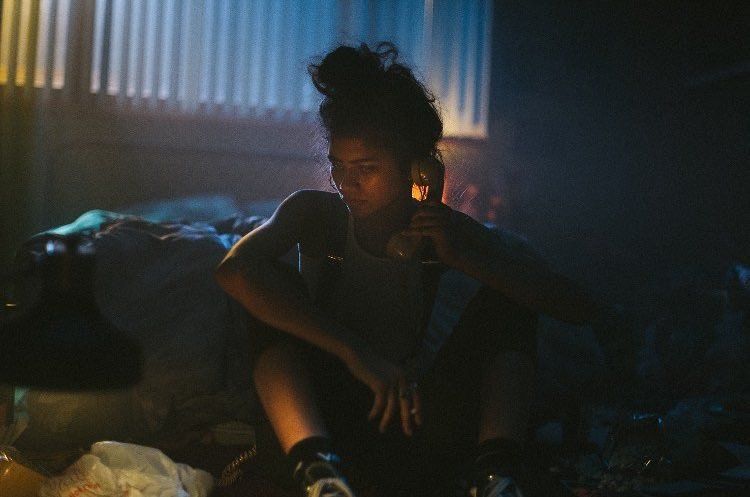
What should a look-book and mood-board include?
- A collection of images, colour palettes, concept art, paintings, and sketches.
What should a look-book and mood-board do?
- Convey the director’s vision, style, and tone for the project. Give different departments insight into concepts and ideas for collaboration and execution.
What is the purpose of framing?
- Make scenes visually engaging, and cover dialogue and action in the script.
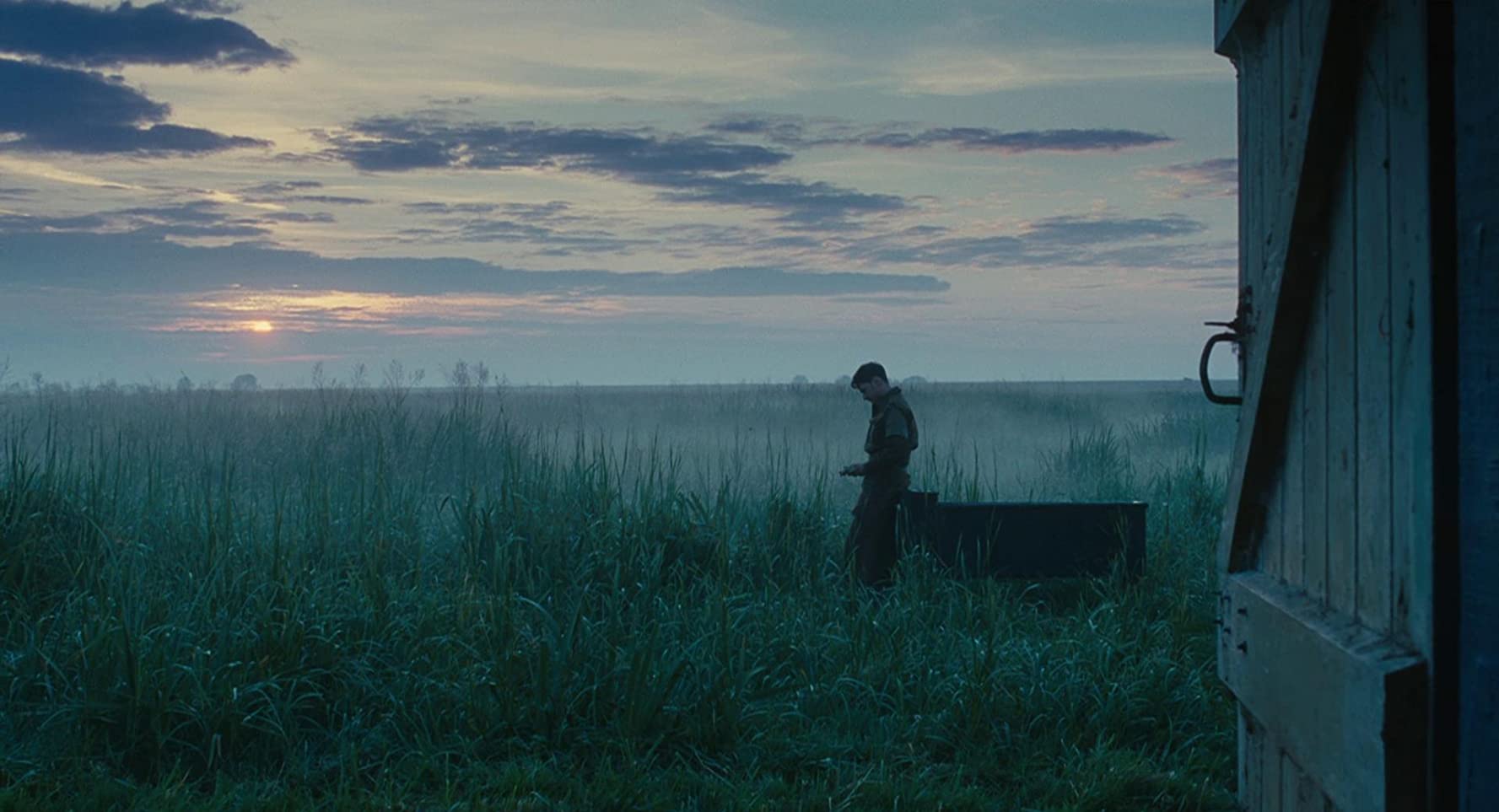
General tips?
- Add camera movements to shots – it’s more cinematic and professional.
- Breakdown narrative shots and have multiple options for the edit.
- Each character should have adequate coverage.
- Figure out where your closeups are before shooting the master shot – crucial as this dictates where lights and equipment is set-up, and means it doesn’t have to be moved around multiple times.
- Start watching short films more.
What is the 180 degree rule?
- Refers to the invisible line drawn in-between two or more characters, if it is crossed it will be disruptive. It can however be used intentionally. Floor plans and rehearsals are essential to prevent issues with this.
What should a shot list be?
- Easy to follow, clearly labelled, convey a shot description, a tool to help with the storyboard and to schedule shoots.
What is a marked script and what does it contain?
- A solid vertical line for on-screen coverage of a shot.
- A zagged vertical line for off-screen dialogue not covered by the shot.
- A horizontal line to indicate where to stop recording or ‘cut’.
- A hashtag and number to show the shot number and type, in correspondence with the storyboard.
Any further tips?
- Storyboarder exports the storyboard to be made into animatics.
- Record yourself reading the script aloud at a normal pace.
- Allow for overlap and adequate coverage of the script. Consider going back 20-30 seconds when redoing a scene.
- Don’t waste time talking about solutions.
Introduction to Sound Design
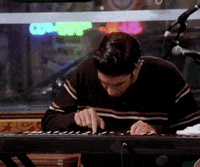
What is sound design?
- Dialogue, songs, soundtracks, foley.
Foley vs. SFX?
- Foley – performed to picture, sound that originates from the actors themselves.
- SFX – any sound that doesn’t come from an actor.
- Foley and SFX are done by separate departments historically.
How do you plan sound design?
- Think about creating an atmosphere, or more specifically, a soundscape.
What sound files are considered industry standard or most ideal?
- MP3 is not ideal at all as they have been compressed and downsampled. MOV files are preferable and higher quality.
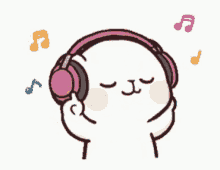
What is the purpose of SFX?
- SFX dictates the attention of the audience, and in that sense it is manipulative and works by subconsciously shifting control and influencing dynamics.
What must SFX do?
- Sound effects need to fit the historical time period of the film.
What must a score do?
- The score tells people how to feel. You don’t always want to tell people how to feel, however. Without a score, you leave people freedom to feel what they want to.
What should you never do in a film?
- There should never be any actual silence in a film. Whilst shooting on-location, you record a room-tone or wild-track of the ‘silence’ – this faux silence is more akin to the ambience of the location.
What aspect of sound design can be genre-centric?
- The music and score can be genre-centric, and imply a specific genre on their own.
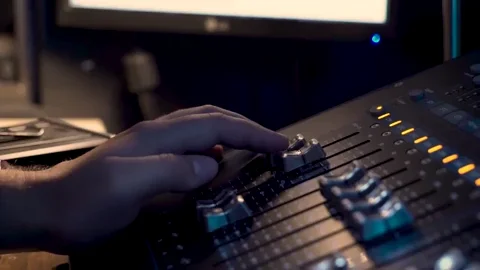
Curve – Short Film Breakdown
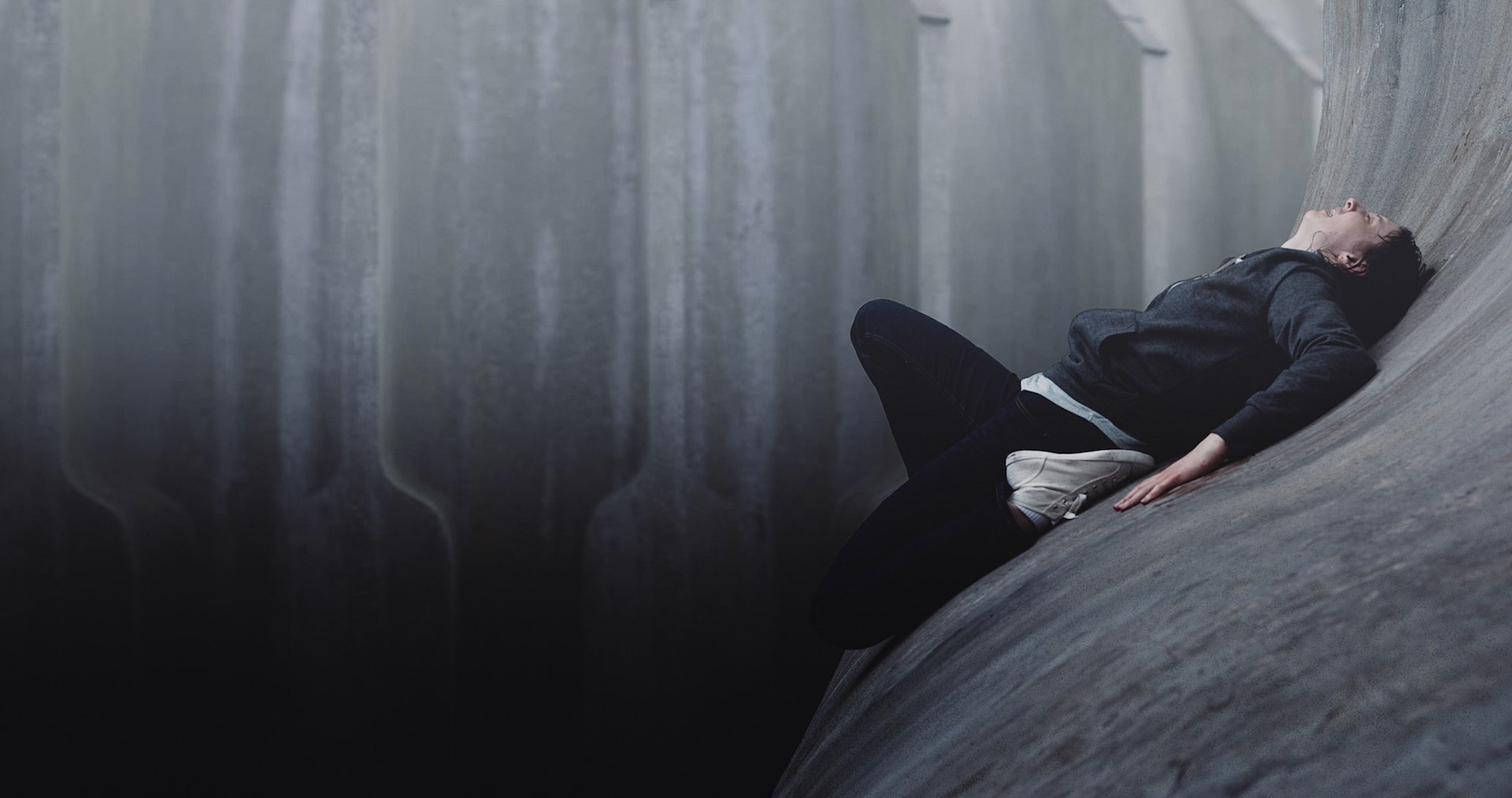
In the short film Curve (2016) by director Tim Egan the use of sound design is imperative to the success of the audio-visual storytelling.
The female protagonist within the film awakes to find herself precariously stranded on a concrete curve in an undisclosed location. Clearly distressed, she attempts to get further away from the sloped edge and her inevitable demise.
As there is no dialogue within the film – and therefore no exposition – the storytelling is entirely reliant upon the sound design and other aspects of mise-en-scene. For me, some of the most memorable sound effects were the stickiness of the congealed blood in-between her fingers as she pries them unstuck – a sound gruesome enough to make us recoil in disgust.

She desperately tries to save herself by licking away the blood, and sticking her bloodied hands to the concrete to leverage herself further up the wall. The subtlety of the sound design is the strength of this film, as it is clearly perceptible due to the relative ‘silence’ and absence of other sound.
Screenwriting – Flaws
Flaws
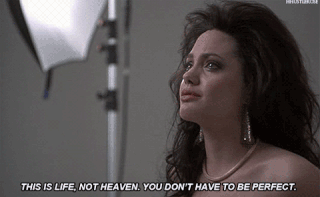
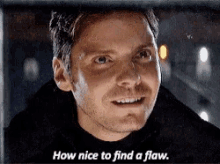
- A hamartia refers to defects or flaws of characters, and originates from Greek tragedy and means to ‘miss the mark’.
- Films are explorations of character psychology – which is also the purpose of flaws and allow us to identify with a character.
- A Mary Sue is a fictional character that is portrayed as unrealistically free of any flaws.
- Certain flaws are associated with specific genres – for example clumsiness in rom-coms.
- A question to consider – can a character be too flawed?
- Typical issues with flaws: aren’t applicable to most people, aren’t really flaws, presentation of multiple flaws, or the curse of the backstory.
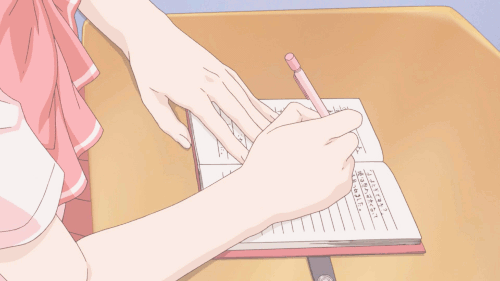
Building Character Through Flaws
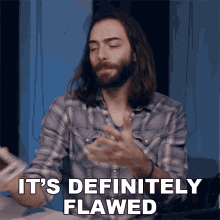
- The interaction of characters with conflicting flaws is interesting. The story itself provides conflict when a flawed character meets a flawed character.
- Offscreen presence is the interaction between offscreen presence and flaws.
- Character biographies allow for an overview of the character, but be wary of becoming too fixated on details.
- Flaws should have consequences, otherwise they are not flaws but neutral traits.
Screenwriting – Goals
Goals

- All characters have goals at every point of the story – including with every beat and scene. You should be able to pinpoint what a character’s goals are at each stage of a story.
- No goals means no conflict and results in a passive character that lacks drive and motive for actions.
- Side characters will then take over the main character if they lack goals.
- ‘Good’ goals can be considered ones that are very clear, simple and precise. Ideally it should be something tangible and uncomplicated.
- ‘Bad’ goals are imprecise and reliant upon being metaphorical.
- Time limits work in support of a character’s goal by creating urgency and heightened tension, but often venture into cliche territory.
- Whilst tempting to give your character multiple goals to create ‘dimensionality’, it’s better practice to be strict and limit it to one main goal.
- A goal has to have stakes – otherwise there are no consequences or repercussions for achieving or failing to achieve it. There is no dramatic stakes in a goal that doesn’t matter to anything or anyone.
- Ask yourself what would happen if the character doesn’t reach their goal? The stakes must be appropriate to the genre of the film itself, otherwise they seem out of place.
Motivations

- Motivations are the reasons why a character is motivated towards achievement of a goal.
- ‘Bad’ motivations are vague, unclear, and impersonal. They could apply to anyone.
- Be wary of the backstory – don’t make motivations rely solely upon a complicated backstory. Simplicity is key.
- ‘Good’ motivations are clear and a punch to the gut. They should have inherent emotional response and meaning.
Obstacles
- An obstacle is any form of resistance to a goal.
- External obstacles exist in the outer world and prevent a goal by making life harder.
- External obstacles are dependent on the genre and tone of the film.
- A mix of big and small obstacles makes for an interesting film.
- Internal obstacles are psychological issues that prevent the achievement of a goal.
- Internal obstacles have a causal relationship with external obstacles – internal obstacles should create external obstacles, hence ’cause and effect’.
- Internal obstacles should allow you to explore character psychology, push the character to change, and drive the action of the story.
- Without internal obstacles the film is simplistic and lacks depth. Oftentimes ‘victim’ biographies and narratives struggle with this.
Character Arcs + Obstacles
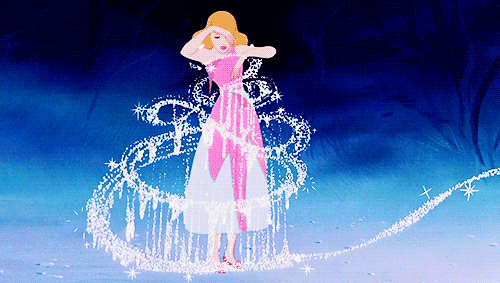
- The arc of a character is the compass to get to a destination – the point of change or achievement of a goal.
- A ‘good’ arc doesn’t have to be huge, but all moments of change need to feel motivated. Characters commonly ‘dig in their heels’ and resist change initially.
- It can be boring to interrogate a character arc, but is very important and awareness should be given to building blocks, goals, motivations, and obstacles.
- Short films versus feature films handle this in different ways.
- For short films, don’t cram too much information into a film – be disciplined.
- Reduce the scope of your ambitions.
- Fewer obstacles for the character to overcome and smaller, subtler shifts in character – still requires an understanding of motivation however.
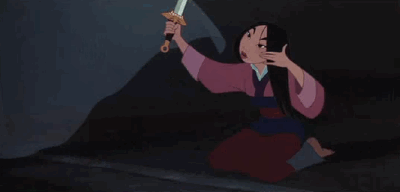
Editing
General notes on editing:
- Medium unique to cinema.
- Edit must be right for the film.
- Walter Murch believes each film will be about discovering a path in the edit.
- Most important thing to do is create an emotional response in the audience.
- Schoonmaker believes editing is a creative collaboration between the director and the editor.
- Get into the headspace of the audience and imagine how they will react to your footage to make the edit better.
- Editing shouldn’t necessarily be obvious or totally invisible – the awareness of the editing will vary film to film.
- Editing is about finding the strengths of the footage and amplifying that.
- Let the audience imagine and fill in the blanks.
What are the 3 main types of editing according to Schoonmaker?
- Shot-to-shot.
- Scene-to-scene.
- Sequence-to-sequence.
What are the most important things to consider when editing?
- Emotion first.
- Then story, rhythm, eye trace, 2D plane of the screen, 3D space.
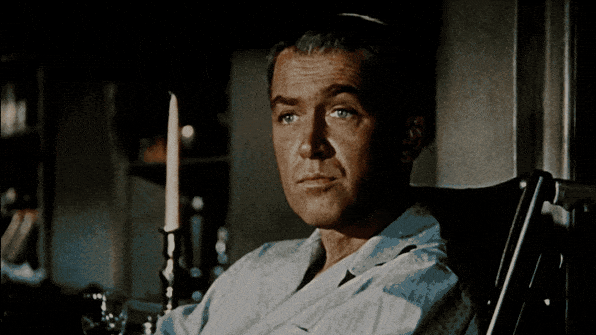
How is editing like telling a good joke?
- You have to consider timing, word choice, pacing, the punch line, introduction of elements, pauses.
How is editing similar to a magician performing a trick?
- The pay-off of the trick itself is impressive, but what really counts is the build-up and presentation.
What is shot-to-shot structural editing?
- Refers to how shots connect together visually to create a scene – of which there are countless combinations, it is the editor’s job to find the best one.
- Freedom to create emotion, meaning, and rhythm.
- Just remember to focus on the wider story, but shots and scenes in themselves can tell stories.
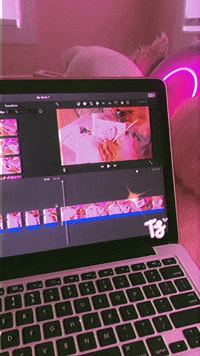
What is the director-editor relationship?
- Similar to playing music with someone or therapy in which all creatives in the room feel heard.
- Editor is the problem-solver and should be the most positive person in the room.
- Good directors and editors trust each other to try things and make changes to the film.
- Create a comfortable environment to create in which everyone feels able to freely express themselves.
What is the ‘No Context’ rule?
- The editor should try to not see any of the footage before entering post-production, so if possible avoid being on-set.
- Ensures a fresh, unbiased reaction and balances out the enormous amount of context to everything the director will inevitably bring to the edit.
- The first audience can be considered to be the editor.
What is considered an ‘involved’ editor?
- Editors that are on-set during production, often requested by the directors.
- Can ensure the footage will cut together as it is being shot.
- Another trusted voice for the director.
- On short films, it’s very common for the editor to double-up as the script supervisor to ensure continuity.
- Inevitably results in the loss of the audience’s perspective.
General tips when editing?
- Organisation is key. An extra few minutes can save hours later in the process.
- Name files properly and put them where you can find them.
- Keep the editing atmosphere fun and light – it can be hard when scenes don’t go as planned.
- Take frequent breaks – rest your eyes and back.
- Get a fresh perspective on your cut.
- Experiment and try every suggestion you can.